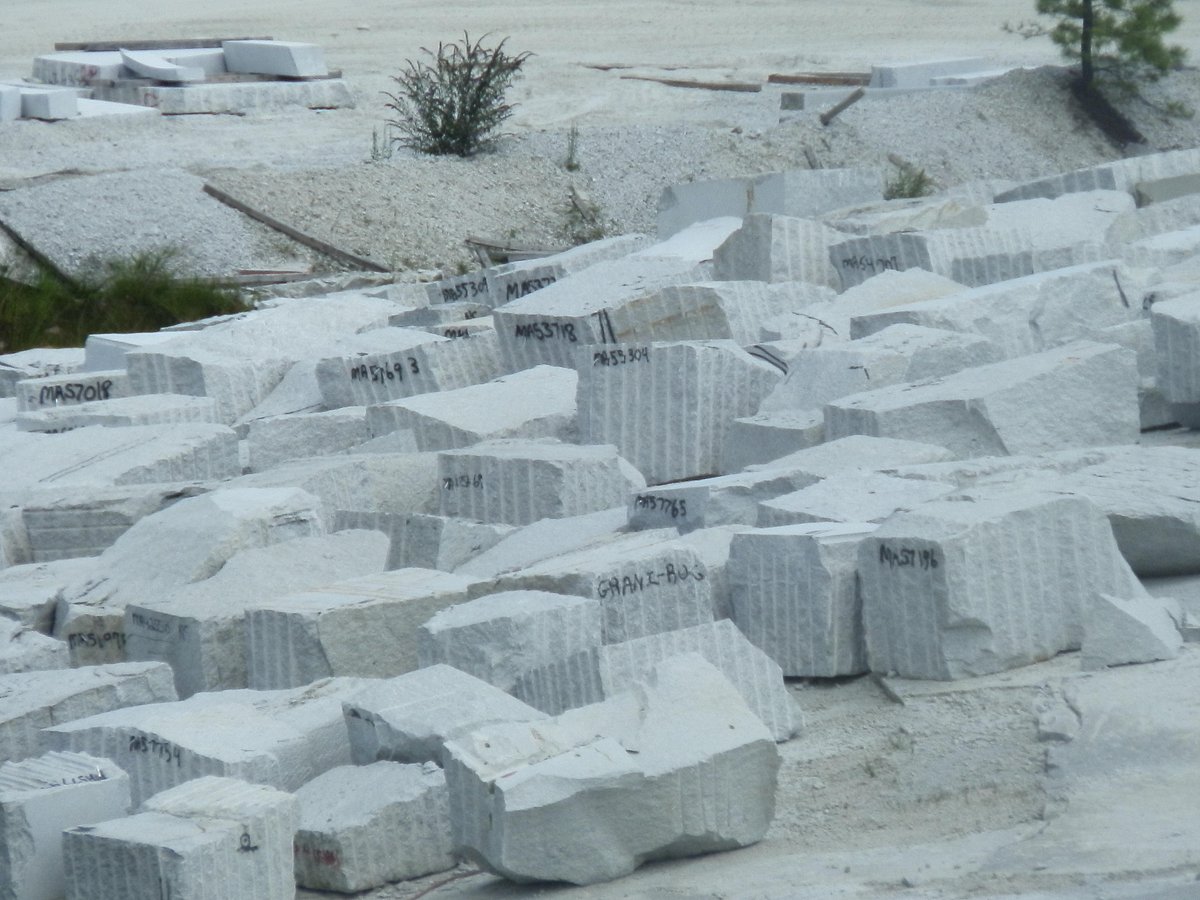Unlocking All-natural Prizes: Granite Quarries in South Africa Introduced
Unlocking All-natural Prizes: Granite Quarries in South Africa Introduced
Blog Article
Unveiling the Mysteries of Granite Quarrying: Where Stamina and Style Meet
The globe of granite quarrying is a realm where the raw stamina of nature assembles with human virtuosity to develop structures that stand the test of time with an air of beauty. From the midsts of quarries to the careful sprucing up in workshops, the procedure of transforming granite right into architectural marvels is an intricate dance of tradition and technology. As we peer right into the midsts of this old craft, we start to uncover the covert complexities that form the extremely essence of our developed setting.
The Origins of Granite Quarrying
In the annals of architectural history, the origins of granite quarrying are shrouded in a tapestry of ancient craftsmanship and geological marvels. Dating back to ancient Egypt and Mesopotamia, the extraction of granite from quarries marked the beginning of a trip that would at some point result in the production of several of the globe's most iconic frameworks.
Granite quarrying's roots can be mapped to the experienced craftsmens who identified the stone's toughness and visual charm. Through a combination of primitive devices and large resolution, these very early quarry workers unearthed granite blocks that would come to be the structure blocks of people.
As people progressed, so did the methods of quarrying granite. The Romans, renowned for their engineering expertise, established sophisticated methods for drawing out granite to create monoliths, temples, and roadways that stood the examination of time.
The legacy of these old quarrying techniques remains to shape modern-day design, with granite remaining an icon of stamina and beauty in construction tasks around the globe. (granite quarries in south africa)
Tools of the Quarrying Profession
The evolution of granite quarrying strategies from ancient civilizations to modern-day times highlights the important role played by the tools of the quarrying profession in forming the industry's techniques. In ancient times, quarrying devices were simple, often including chisels, hammers, and wedges made from products like bronze or iron. These tools called for significant workforce and time to essence granite obstructs from quarries.

In addition, the intro of pneumatically-driven devices and high-powered equipment has substantially minimized the physical labor needed in quarrying procedures, boosting employee safety and security and efficiency. As the quarrying market continues to innovate, review the devices of the profession stay at the leading edge of driving development and shaping the future of granite removal.
Removing Blocks of Granite
Making use of precision equipment and progressed methods, the extraction of granite obstructs from quarries has actually ended up being a sophisticated process in the modern-day quarrying market. The preliminary step includes identifying the area and dimension of the granite deposit to determine one of the most effective extraction approach. When a suitable website is chosen, the extraction procedure begins with the drilling of openings for the Full Report placement of nitroglycerins. Managed blasting strategies are then used to disintegrate the granite into workable sections.

Polishing and Completing Methods
To attain a perfect surface on granite blocks, proficient artisans utilize a series of careful polishing and ending up methods. After the initial removal and shaping procedures, the granite blocks undertake an extensive polishing stage to enhance their natural beauty and toughness. One common approach used in brightening granite is diamond abrasion, my sources where commercial rubies are utilized to grind and brighten the stone to a smooth surface. This procedure not only produces a lustrous surface yet also makes certain harmony in color and structure throughout the granite block.
In enhancement to polishing, finishing techniques are used to more improve the granite's look. By very carefully choosing and applying these polishing and ending up strategies, artisans can transform raw granite obstructs right into charming pieces that showcase both toughness and style.

Ecological Impact and Sustainability
With the expanding emphasis on environmental consciousness in the market, granite quarrying methods are significantly looked at for their influence on natural resources and long-term sustainability. Additionally, the transportation of granite from quarries to processing facilities creates carbon discharges, additionally adding to environmental degradation.
To minimize these impacts and guarantee sustainability in granite quarrying, sector stakeholders are taking on different steps. Applying advanced modern technologies to decrease energy usage and water usage, reclaiming quarried land for ecological restoration, and promoting responsible sourcing techniques are some approaches being used. In addition, qualifications such as the Woodland Stewardship Council (FSC) and the Leadership in Energy and Environmental Design (LEED) aid customers identify eco-friendly granite products.
Conclusion
In verdict, granite quarrying is a process that requires specialized devices and methods to extract blocks of granite and brighten them to a high level of surface. While the environmental effect of quarrying can be significant, initiatives are being made to improve sustainability methods in the industry. Generally, granite quarrying is a delicate balance in between utilizing the toughness and beauty of this all-natural stone while reducing its influence on the environment.
Report this page